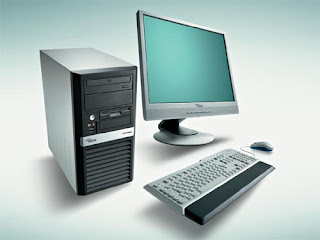
Computer operators oversee the operation of computer hardware systems, ensuring that these machines are used as efficiently and securely as possible. They control the console of either a mainframe digital computer or a group of minicomputers and set controls on the computers and peripheral devices required to run computer tasks or “jobs.”
Operators maintain logbooks or operating records for each job run and list any events, such as malfunctions, that occur during their shift. Other computer operators perform and monitor routine tasks, such as tape backup, virus checking, software upgrading, and basic maintenance or help programmers and systems analysts test and debug new programs. Computer processing operations regularly run around-the-clock, allowing opportunities for evening, night, or weekend work. However, increased automation and telecommunication systems lessen the need for full-time coverage of operations and permits many operators to monitor systems remotely.
Operators maintain logbooks or operating records for each job run and list any events, such as malfunctions, that occur during their shift. Other computer operators perform and monitor routine tasks, such as tape backup, virus checking, software upgrading, and basic maintenance or help programmers and systems analysts test and debug new programs. Computer processing operations regularly run around-the-clock, allowing opportunities for evening, night, or weekend work. However, increased automation and telecommunication systems lessen the need for full-time coverage of operations and permits many operators to monitor systems remotely.













